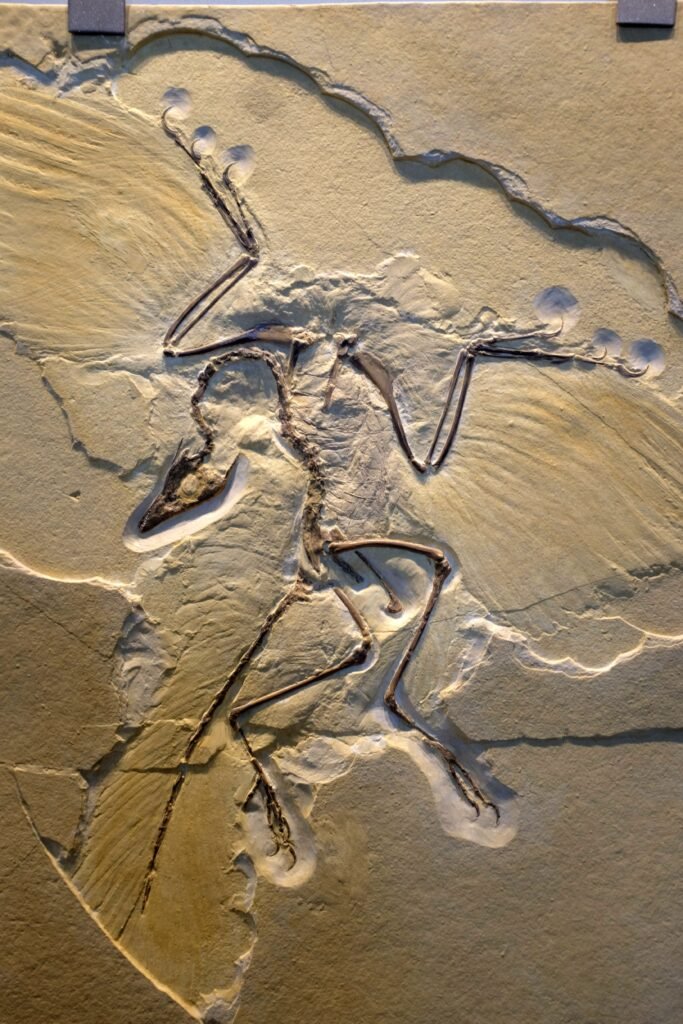Imagine a world where the sky is filled with creatures that seem to be from another era, their wings casting shadows over the land. This isn’t a scene from a science fiction movie but a glimpse into our planet’s ancient past. Birds, the creatures we see every day, are descendants of dinosaurs. This fascinating connection between birds and dinosaurs is not just a whimsical idea but a scientific revelation that has reshaped our understanding of evolution. But which of today’s birds are the closest relatives to those prehistoric giants? Let’s take a journey through the bird-dinosaur family tree to uncover the secrets of these feathered descendants.
The Evolutionary Link: Birds and Dinosaurs
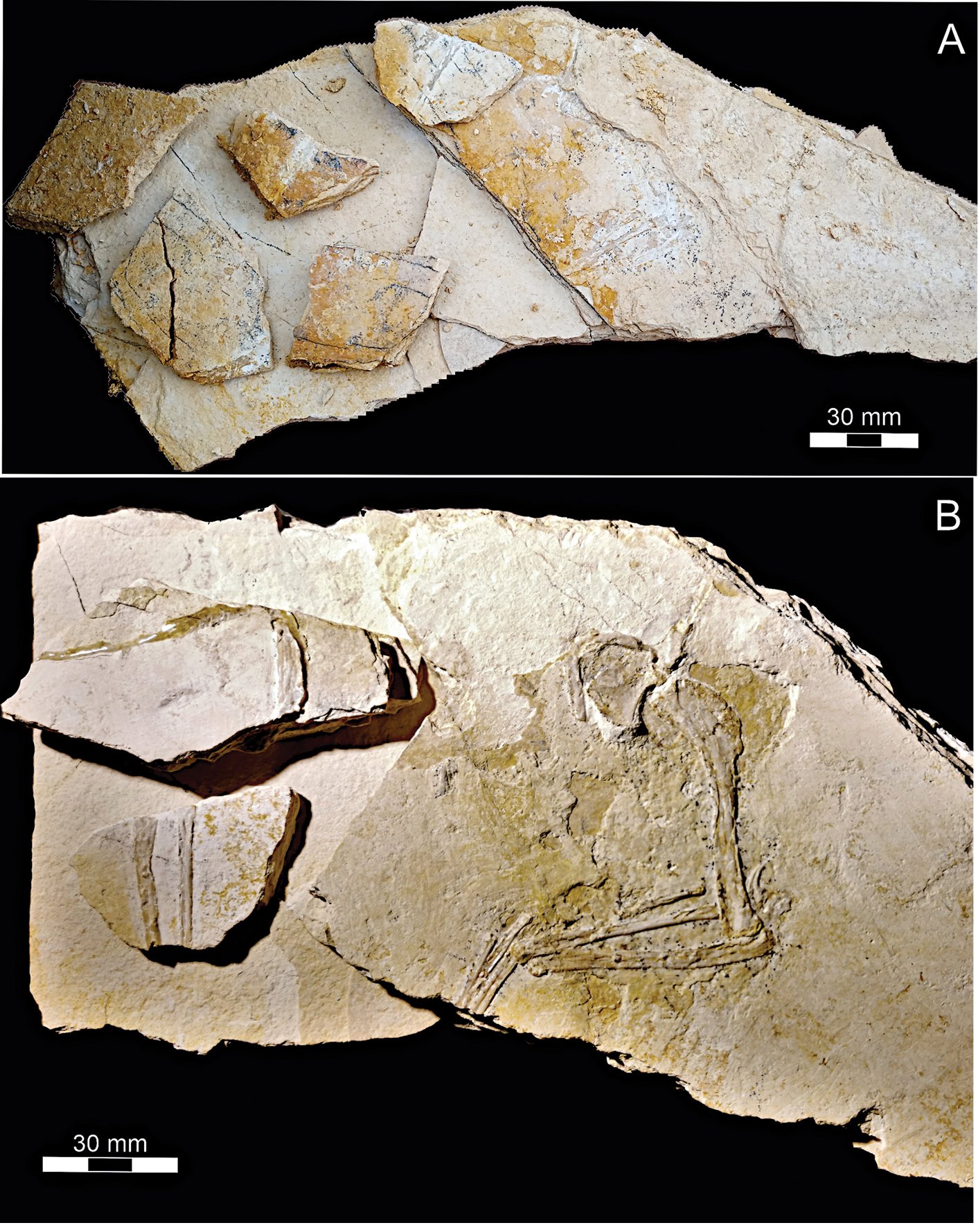
Birds aren’t just similar to dinosaurs; they are dinosaurs. This might sound surprising, but the evidence is overwhelming. Paleontologists have discovered fossils that show a gradual transition from non-avian dinosaurs to birds. These fossils reveal creatures with feathers, wishbones, and even similar lung structures. The Archaeopteryx, often dubbed the “first bird,” is a famous example of this link. It had wings and feathers like a bird but also teeth and a long bony tail like a dinosaur. This blend of features highlights how closely related these two groups are, making birds living dinosaurs in a very real sense.
Feathers: More Than Just for Flight
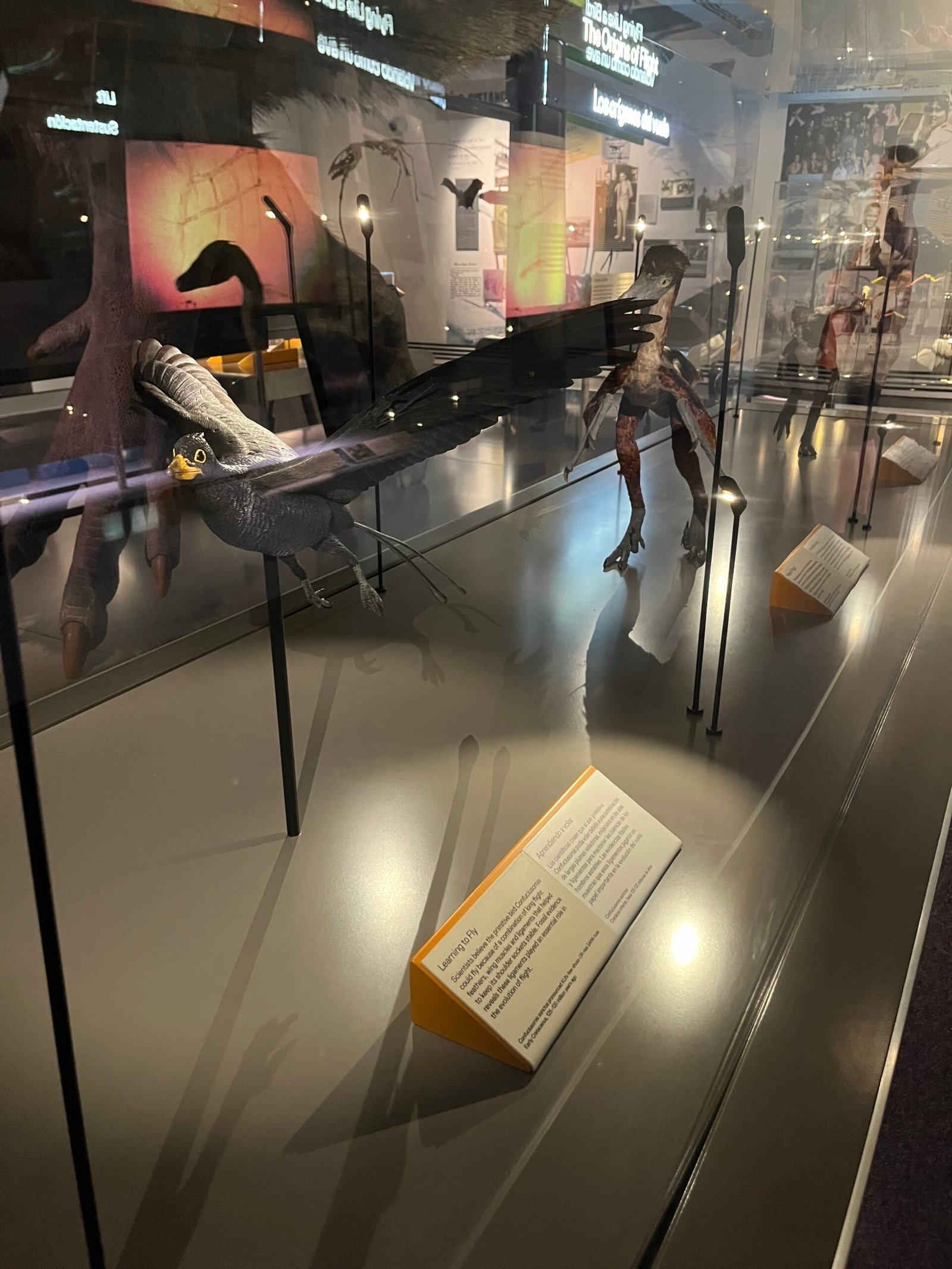
Feathers are one of the most distinctive features of birds, but they didn’t originally evolve for flight. Many dinosaurs had feathers, and these were likely used for insulation, display, or camouflage. The discovery of feathered dinosaur fossils, such as those of the Velociraptor, has provided insights into how feathers evolved. Over time, these structures became more specialized, eventually enabling the flight capabilities we associate with modern birds. This evolutionary adaptation showcases the versatility and importance of feathers in the survival and evolution of avian species.
Theropods: The Dinosaur Ancestors of Birds
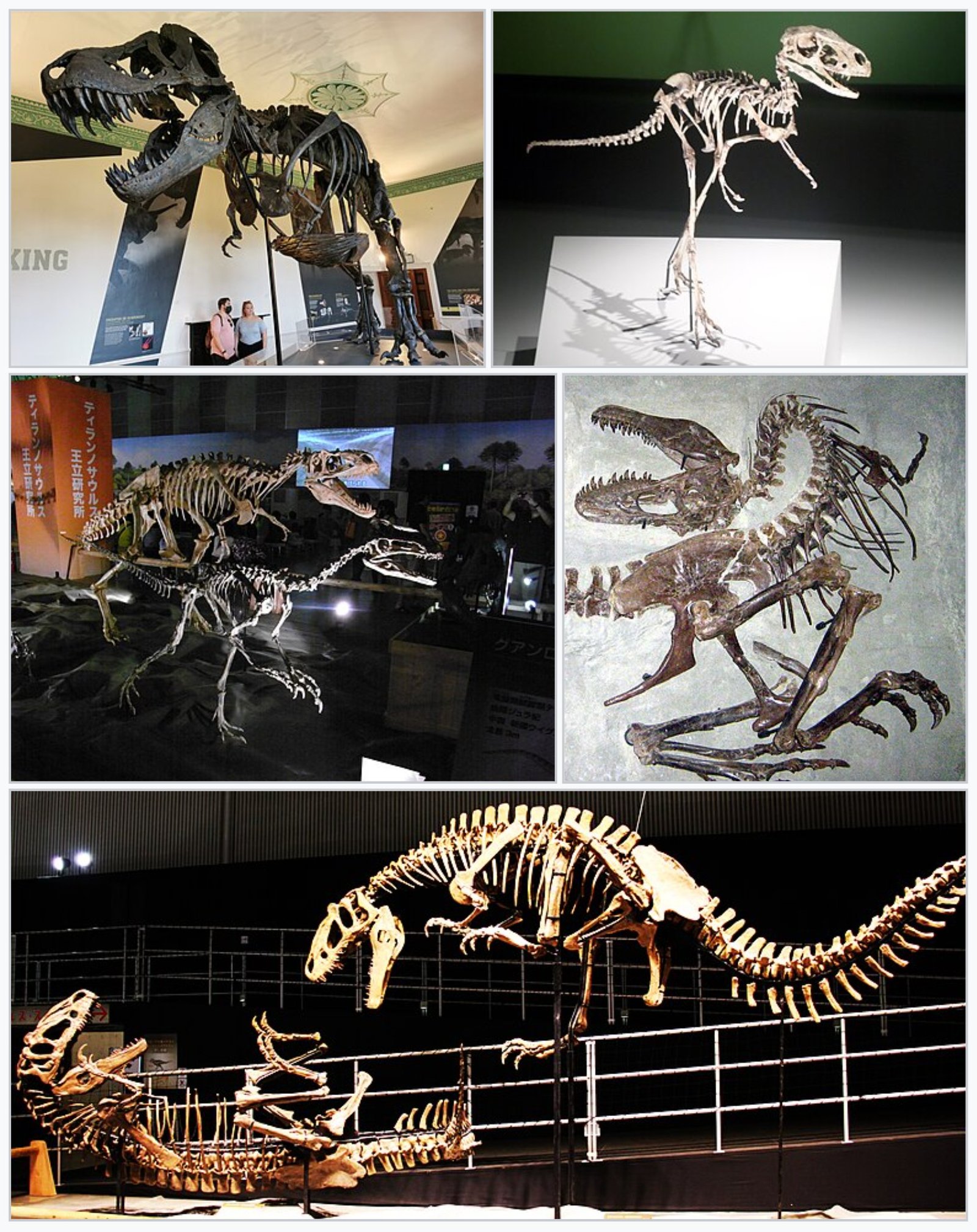
Theropods are a group of bipedal dinosaurs that are considered the direct ancestors of birds. This group includes famous dinosaurs like the Tyrannosaurus rex and the Velociraptor. What sets theropods apart is their bird-like characteristics, such as hollow bones and three-toed limbs. These features were crucial in the transition from ground-dwelling dinosaurs to the flying birds we see today. The study of theropods has provided valuable insights into the evolutionary processes that led to the emergence of birds, highlighting the deep connections between these two groups.
The Role of Archaeopteryx in Evolutionary History
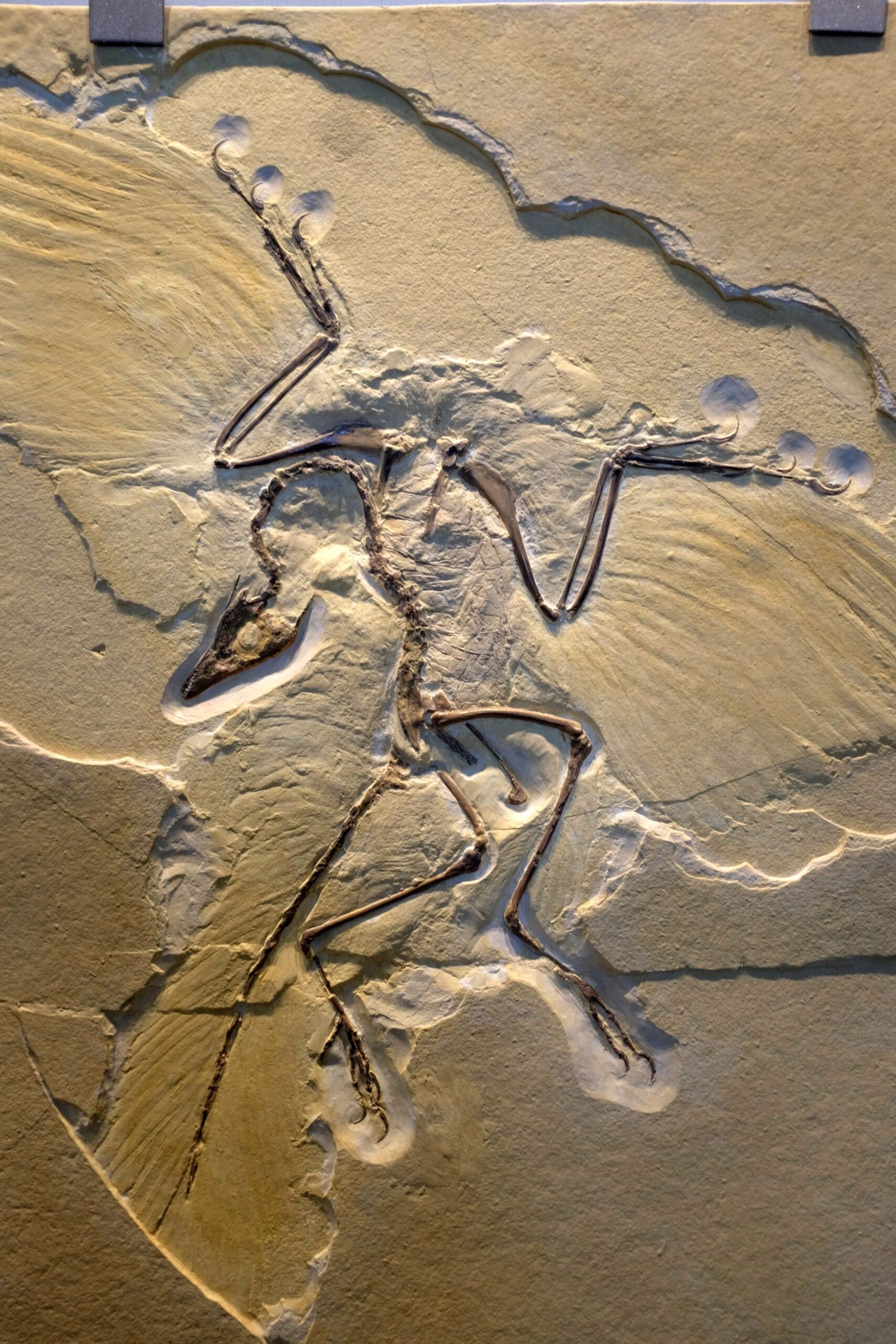
The Archaeopteryx is often considered a key figure in the study of bird evolution. Discovered in the 19th century, this creature has been instrumental in bridging the gap between birds and dinosaurs. With its mix of avian and reptilian features, the Archaeopteryx provides a snapshot of a pivotal moment in evolutionary history. Its fossils have been studied extensively, offering insights into the development of flight and the gradual transformation of dinosaurs into birds. The Archaeopteryx remains a symbol of evolutionary transition, embodying the connection between the ancient and the modern.
Modern Birds: The Living Relatives of Dinosaurs
Today, birds are the most diverse group of land vertebrates, with over 10,000 species. This diversity is a testament to their adaptability and evolutionary success. Birds like the chicken and the sparrow may seem far removed from their dinosaur ancestors, but they share many characteristics. For instance, the structure of their feet and the arrangement of their feathers are reminiscent of their prehistoric relatives. This connection is a reminder of the shared ancestry that links all birds to the dinosaurs that once roamed the Earth.
The Mystery of the Chicken: A Dinosaur’s Descendant

The humble chicken might not seem like a dinosaur, but it is one of the closest living relatives to the mighty T. rex. Genetic studies have shown that chickens share many similarities with their prehistoric ancestors. This connection has sparked curiosity and fascination, leading to further exploration of the genetic ties between birds and dinosaurs. The chicken serves as a living reminder of the ancient lineage that continues to thrive in our modern world, bridging the past and the present in a unique and unexpected way.
Flight: A Revolutionary Adaptation
The ability to fly is one of the most remarkable adaptations in the animal kingdom, and it has played a crucial role in the success of birds. Flight has allowed birds to explore diverse habitats, escape predators, and find food more efficiently. The evolution of flight involved significant changes in anatomy, such as the development of lightweight bones and powerful flight muscles. These adaptations have enabled birds to conquer the skies, making them one of the most versatile and successful groups of animals on the planet.
The Impact of Discoveries on Our Understanding
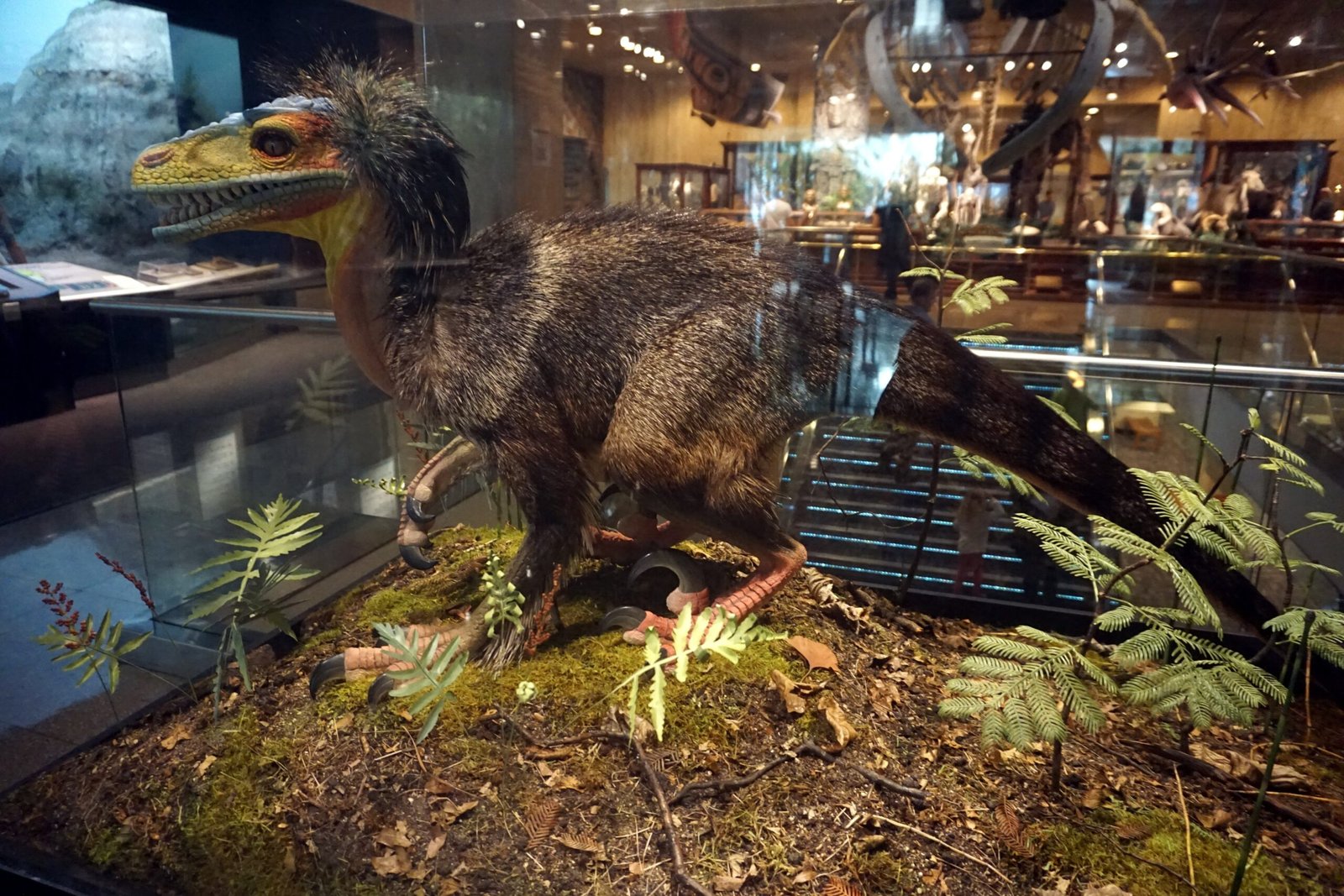
The discovery of feathered dinosaurs and the evolutionary link between birds and dinosaurs has transformed our understanding of these creatures. It has challenged traditional views and opened up new avenues of research. Scientists continue to uncover new fossils and genetic evidence, shedding light on the complex relationships between ancient and modern species. These discoveries have not only enriched our knowledge of evolution but have also sparked a renewed interest in the natural world and its fascinating history.
The Future of Bird-Dinosaur Research
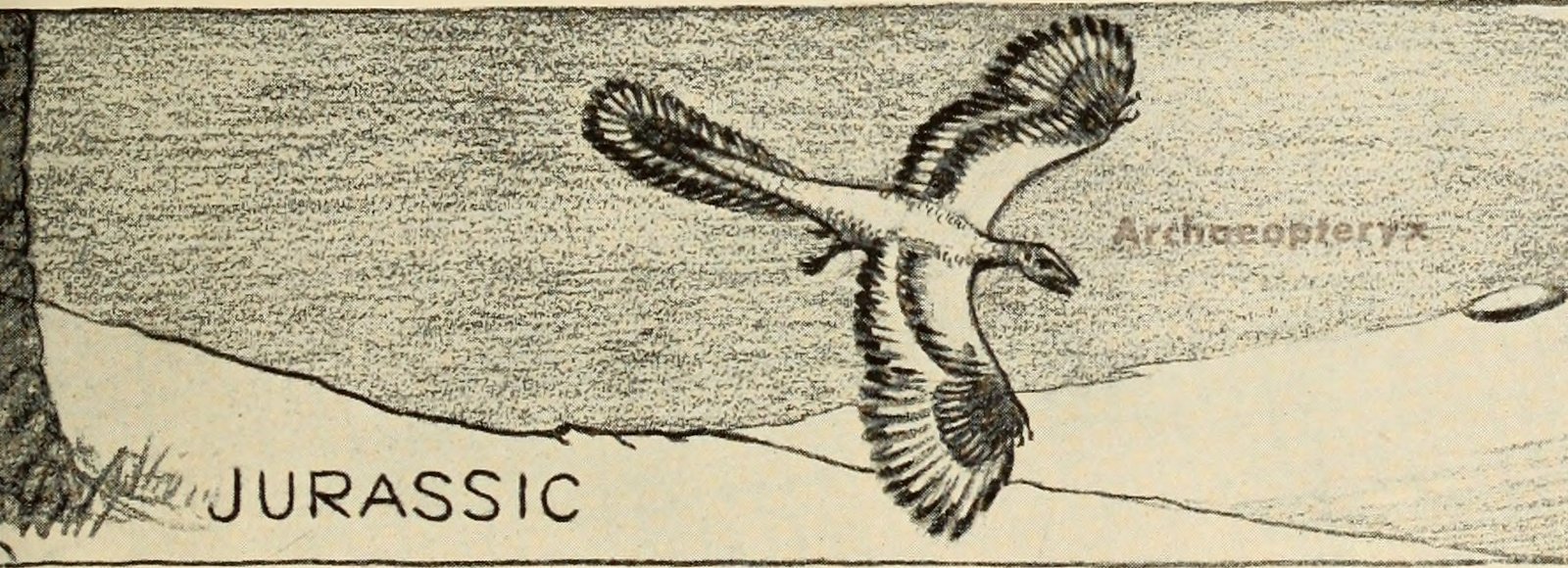
As technology advances, so does our ability to study the intricate details of evolution. New techniques in genetics, paleontology, and imaging are providing unprecedented insights into the bird-dinosaur connection. Researchers are exploring the genetic makeup of modern birds to trace their evolutionary history back to their dinosaur ancestors. This ongoing research promises to reveal even more about the fascinating journey from dinosaur to bird, offering a deeper understanding of the processes that have shaped life on Earth.
Reflecting on Our Feathered Heritage
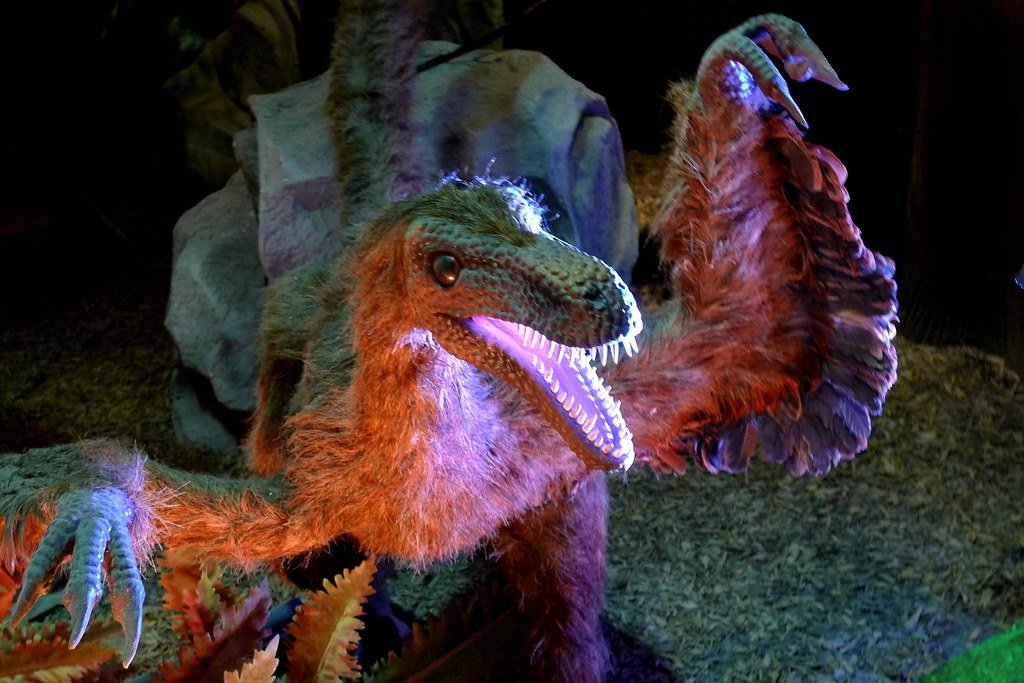
The story of birds and their dinosaur ancestors is a testament to the power of evolution and the resilience of life. It reminds us that the creatures we see today are part of a long and complex history, shaped by countless changes and adaptations. As we marvel at the birds soaring above us, we are witnessing the legacy of dinosaurs, a living connection to a distant past. This understanding enriches our appreciation of nature and the intricate web of life that continues to evolve around us. What other secrets might the bird-dinosaur family tree hold?

